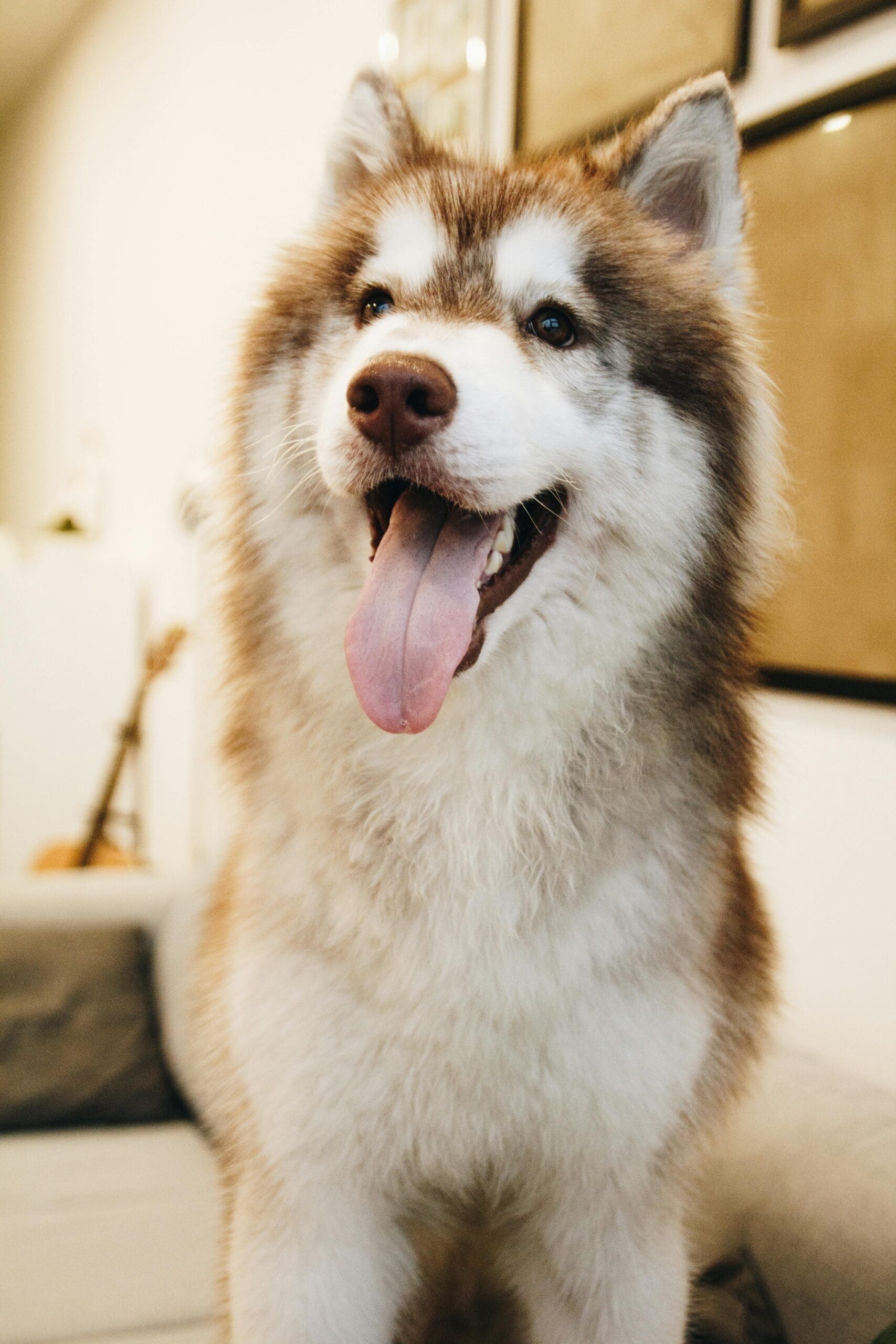
Understanding Parvo
Before delving into how dogs can get parvo, it’s essential to understand the virus itself. Parvovirus is a highly resilient virus that can survive for months, even in the environment. It primarily affects the gastrointestinal tract and can lead to severe illness and even death. The virus attacks rapidly dividing cells, particularly in the intestines, bone marrow, and lymphoid tissues. Puppies between the ages of six weeks to six months are the most vulnerable to parvo, although unvaccinated dogs of any age can be at risk.
Direct Contact with Infected Dogs
One of the most common ways dogs can get parvo is through direct contact with infected dogs. The virus is shed in the feces of infected animals, and it can survive in the environment for an extended period, even in soil and on surfaces. This means that when a susceptible dog comes into contact with contaminated areas or the feces of an infected dog, they are at risk of contracting the virus. This is why it’s crucial to be cautious when allowing your dog to interact with unknown or unvaccinated dogs, particularly in areas where the virus may be present.
Indirect Transmission
Indirect transmission of parvo can occur when a dog comes into contact with items or surfaces that have been contaminated with the virus. This can include shared food and water bowls, bedding, toys, or even the clothing and shoes of people who have been in contact with an infected dog. The virus is highly resistant and can survive in the environment for prolonged periods, making it essential to maintain a clean living environment for your pet and to regularly disinfect items they come into contact with.
Puppies and Maternal Transfer
Puppies can also contract parvo through maternal transfer. While in the womb, a puppy may be exposed to the virus if the mother has been infected or is a carrier of the virus. Additionally, young puppies can contract the virus through infected maternal feces during the first few weeks of life, making it crucial to ensure that pregnant dogs and newborn puppies are adequately vaccinated and kept in a clean and safe environment.
Vaccination
Vaccination is the most effective way to protect dogs from parvo. Puppies should receive a series of vaccinations starting at around six to eight weeks of age, with boosters given at regular intervals. Adult dogs should also receive regular vaccinations to ensure continued immunity. Keeping your dog’s vaccinations up to date is vital in preventing parvo and other potentially life-threatening diseases.
Creating a Safe Environment
Maintaining a clean living environment for your dog is essential in preventing the spread of parvo. Regularly disinfecting surfaces, washing bedding and toys, and practicing good hygiene can help reduce the risk of exposure to the virus. Additionally, limiting your dog’s contact with unfamiliar or unvaccinated dogs, especially in areas where parvo may be prevalent, can significantly lower the risk of infection.
Seeking Veterinary Care
If you suspect that your dog may have been exposed to parvo or is showing symptoms such as vomiting, diarrhea, lethargy, or loss of appetite, it’s crucial to seek veterinary care immediately. Early detection and prompt treatment are vital in improving the chances of survival for dogs affected by parvo.
Understanding how dogs can get parvo is crucial in taking the necessary steps to protect your furry companion. By being aware of the potential modes of transmission and taking proactive measures such as vaccination and maintaining a clean living environment, you can help safeguard your dog from this dangerous virus. Remember, staying informed and being proactive are key in ensuring the health and well-being of your beloved pet.[/fusion_text]

